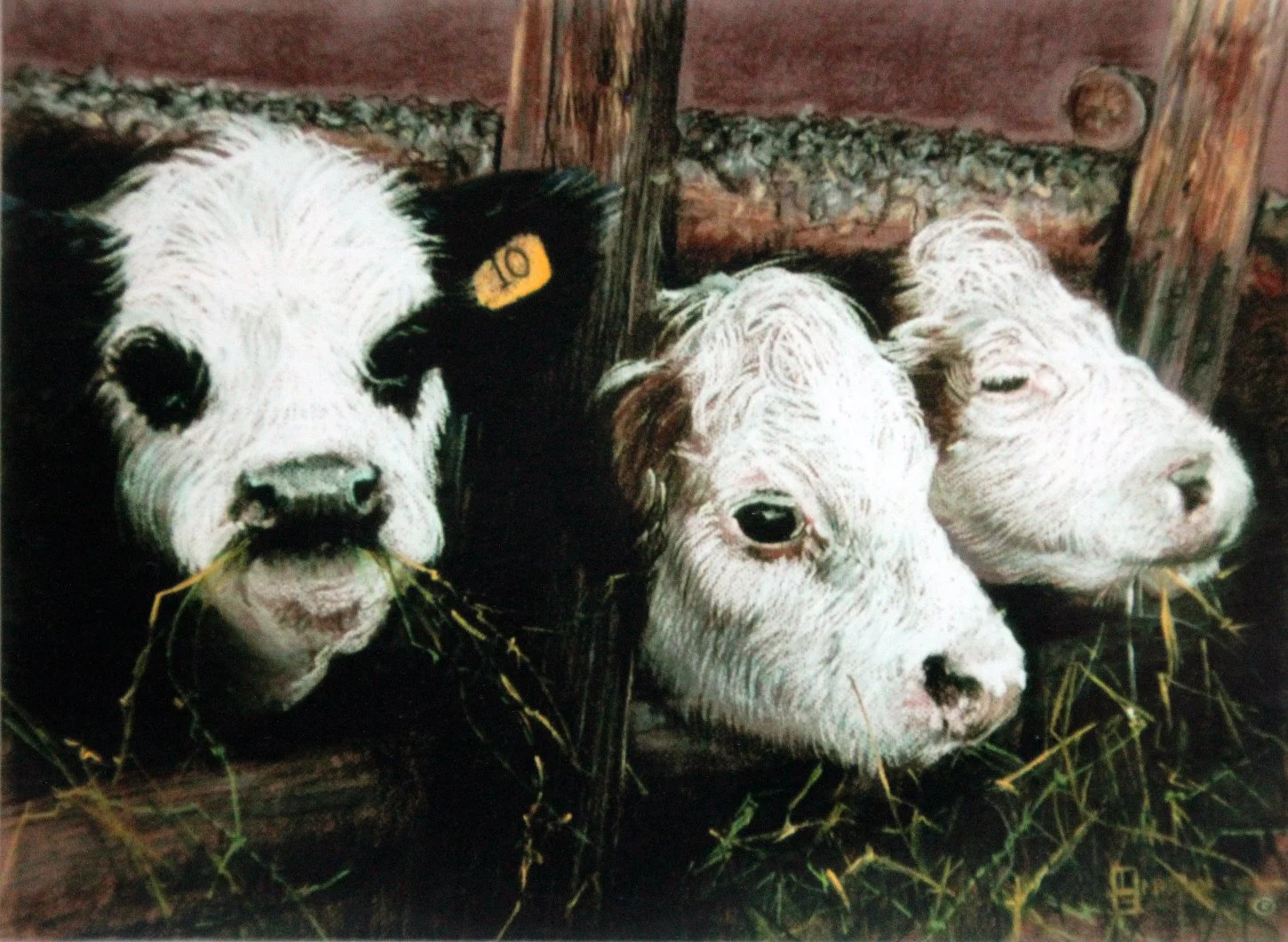Care Tips for Pastel and Giclee Artwork
Original Pastel Artwork
Pastel is a pure pigment, the same pigment used in making all fine art paints. It is the most permanent of all media, when applied to archival surface and properly framed. Pastel has no liquid binder that may cause other media to darken, fade, yellow, crack or blister with time. Pastels from the 16th century exist today, as fresh as the day they were painted.
Pastel does not refer to pale colors, as the work is commonly used in cosmetics and fashion terminology. The name Pastel comes from the French work “pastische” because the pure, powdered pigment is ground into a paste, with a small amount of gum binder, and then rolled into sticks. The infinite variety of colors in the Pastel palette range from soft and subtle, to bold and brilliant. Pastel is not to be confused with colored chalk. Chalk is a limestone substance impregnated with dyes.
An artwork is created by stroking the sticks of dry pigment across an abrasive ground embedding the color in the ‘tooth’ of the paper, or prepared surface. If the surface is completely covered with Pastel the work is considered a Pastel painting; leaving much of the surface exposed produces a Pastel drawing or sketch. Techniques vary greatly. Pastel can be blended or used with visible strokes. Many artists favor the medium because it allows a spontaneous approach. There is no drying time, and no allowances to be made for a change in color due to drying. Artists vary on their use of Fixative on their Pastels. The Fixative has several advantages and disadvantages and does not seal or protect the surface from abrasion. AVOID touching the surface of a Pastel. Pastels should be framed by professional framers. Using UV filtering glass with an anti-reflective coating (AR), acid-free spacers, backing boards, protective matts (with a reverse bevel directly against the Pastel), all protecting the delicate surface of your Pastel. Acid-free refers to the treatment of the paper or canvas to neutralize its natural acidity in order to protect fine art and photographic prints from discoloration and deterioration.
Pastel, like all fine artwork, should not be subject to direct sunlight.
Giclée
Giclée (pronounced ‘gee-Klay’) a French word meaning “that which is sprayed or squirted”.
Giclée printing is a type of inkjet printing – but importantly, not all injet prints are giclée prints. Giclée printing is meant to produce a product at a higher quality and with a longer lifespan than a standard desktop inkjet printer. To produce a true Giclée there are at least three basic criteria that must be met in order for a print to be considered a true giclée. Document resolution of the image to be printed as a giclée needs to be created at a resolution of no less than 300 dots per inch (DPI). A 300 DPI or greater will ensure the final print has the sharpest detail and lacks any of the fragmentation that can occur with images of a lower resolution. Giclée printing must be of archival quality, which refers to the paper that is used. Any professional series paper will clearly say it is acid free and consists of a 100 per cent cotton or rag base. These are the best papers for longevity and colour reproduction. The last element in a true giclée print is the type of ink and printer used. The biggest contrast between a standard inkjet print and a giclée print is that giclée’s are printed using pigment-based inks rather that the dye-based inks found in lower-cost inkjets. Pigment-based inks have a lifespan anywhere from 100 to 200 years without significant fading. Whether it is an original piece of art or a giclée, neither should be subject to direct sunlight.


